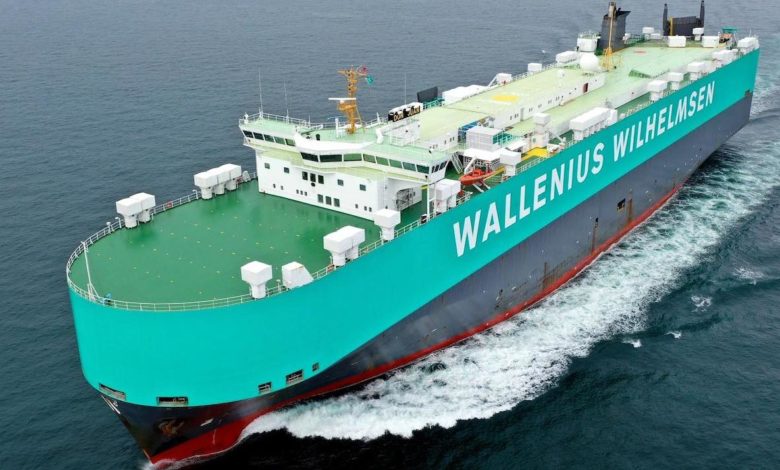Car carriers leave Covid in the rear-view mirror

At the onset of the pandemic the car carrier sector was one of the worst affected shipping segments, with huge swathes of the fleet sent into layup.
Fast forward to today and volumes of cars being shipped have just about returned to pre-Covid-19 levels, helped in no small part by consumers wanting to make greener choices when it comes to their next vehicle purchase.
By May 2021, seaborne car trade volumes stood just 5% below pre-Covid levels, new data from Clarkson Research Services shows. Electric vehicles (EVs, here including hybrids) have accounted for 22% of seaborne car trade so far this year, up from 9% in 2019.
“Trade volumes could have been stronger were it not for semi- conductor shortages which are on track to cut global car production by c.3m units (c.8% of pre-Covid output) in 1H 2021,” Clarksons noted in its most recent weekly report.
The car carrier fleet today is 1.5% smaller than at the outbreak of the pandemic, which has helped prop up rates.
Having fallen to a record low of $10,000 a day in Q2 last year the one-year time charter rate for a 6,500 ceu PCTC hit $21,500 a day in May 2021, a five-year high, while the rate for a 5,000 ceu ship had jumped to $17,000 a day; the highest level seen since before the financial crisis.

